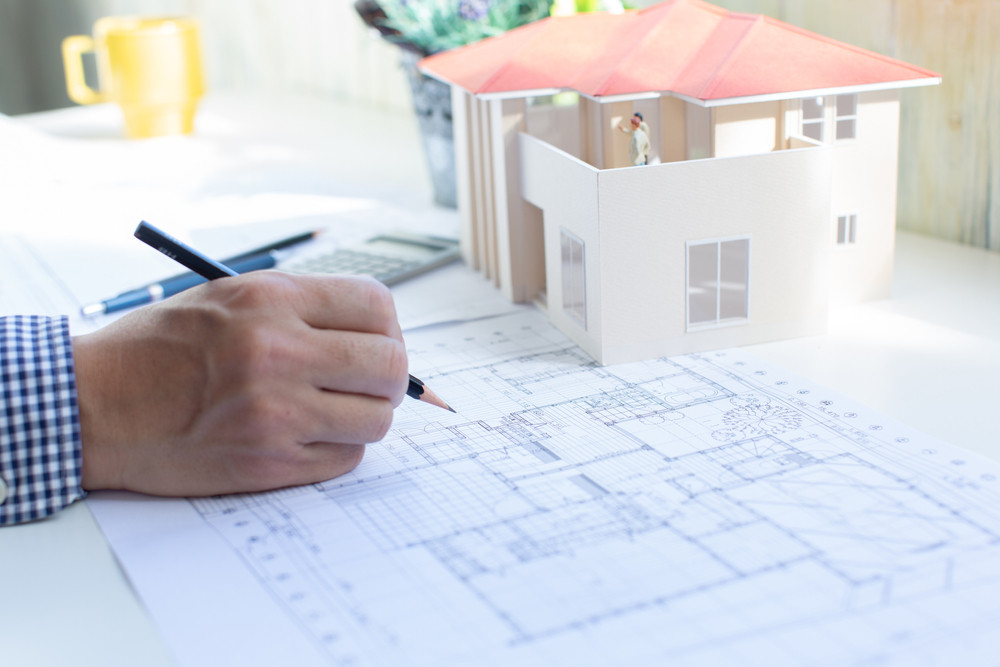The Crucial Function of an Engineer in Forming Lasting Urban Atmospheres for Future Generations
The role of an engineer in crafting lasting city atmospheres is progressively crucial in responding to the difficulties of environment change and urbanization. By effortlessly incorporating eco-friendly principles into their styles, architects not just boost the aesthetic and functional quality of metropolitan rooms but additionally address pressing concerns such as energy performance and social equity.
Comprehending Lasting Urban Style
Lasting metropolitan layout incorporates environmental concepts with urban preparation to create settings that are not just habitable but likewise durable. This strategy emphasizes the significance of including all-natural systems into the urban textile, making certain that growth satisfies the demands of the existing without endangering the capacity of future generations to meet their own demands. Crucial element of lasting urban style consist of efficient land usage, the promotion of biodiversity, and the combination of environment-friendly rooms, all of which add to boosted lifestyle for citizens.
Additionally, lasting city layout focuses on the decrease of the metropolitan heat island impact, boosted air high quality, and reliable stormwater monitoring. It urges using sustainable sources and energy-efficient building methods, which dramatically lower carbon footprints. Lasting metropolitan design promotes social equity by developing accessible public areas and promoting mixed-use developments that provide to diverse populaces.
Through thoughtful planning and ingenious style approaches, sustainable urban settings can boost community strength versus environment change while cultivating economic advancement. This holistic technique not just addresses immediate urban obstacles yet additionally lays the foundation for healthier, extra lasting cities for generations ahead.
Secret Duties of Architects
Designers play an essential role in shaping sustainable metropolitan atmospheres by translating design concepts into concrete structures and spaces. Their responsibilities incorporate a large range of activities that contribute to the total success of urban layout tasks.
First and leading, designers perform detailed website analyses to comprehend the ecological, social, and cultural context of their jobs. This fundamental understanding educates their design choices, making certain that buildings harmonize with their surroundings. They likewise take part in joint procedures with stakeholders, consisting of city planners, designers, and the area, cultivating an inclusive technique to city growth.
Additionally, architects are tasked with producing styles that maximize power performance, source preservation, and performance. They must abide by neighborhood zoning laws, constructing codes, and sustainability certifications, ensuring compliance while pressing the borders of development.

Ingenious Materials and Techniques
In the quest of eco responsible layout, site link innovative materials and methods have emerged as vital elements in the creation of sustainable urban atmospheres. Designers are increasingly making use of materials that decrease environmental effect while boosting power efficiency. Recycled materials, such as reclaimed timber and repurposed metals, not just reduce waste yet likewise add one-of-a-kind visual top qualities to structures.
Furthermore, improvements in technology have resulted in the advancement of high-performance products, such as insulated concrete kinds (ICFs) and solar glass, which add to energy preservation and harness renewable resource. Strategies such as easy solar design and green roofs additionally exemplify how design can integrate with all-natural systems, reducing dependence on man-made cooling and heating.
Additionally, the combination of wise materials, which adapt to ecological adjustments, offers encouraging methods for improving structure performance - cda architects. These materials can react to temperature level fluctuations or moisture levels, maximizing convenience and sustainability
Eventually, the critical selection and application of innovative materials and strategies equip designers to develop urban spaces that are not only practical and aesthetically pleasing yet also resilient and eco accountable, making certain a lasting future for generations to come.
Area Interaction and Collaboration
The success of cutting-edge products and methods in lasting city design is considerably boosted by active community interaction and collaboration. Designers should acknowledge that the built setting profoundly impacts the lives of local homeowners, making it crucial to include them in the layout process. Involving the community promotes a feeling of possession and accountability, ensuring that developments not just meet aesthetic and useful demands but additionally show the worths and ambitions of those who occupy them.

Effective area involvement also assists in focusing on social equity within city growth. By considering the voices of marginalized populaces, engineers can develop rooms that are inclusive and equitable. By doing this, neighborhood engagement and cooperation become indispensable to achieving absolutely lasting metropolitan settings that offer the needs of current and future generations.
Future Fads in Lasting Style

In addition, advancements in innovation are shaping future patterns in sustainable architecture. The combination of wise materials and structure systems enables real-time power monitoring, boosting efficiency and lowering carbon footprints. Technologies such as environment-friendly roofings, living walls, and energy-generating exteriors are becoming common techniques, additionally advertising environmental balance within urban atmospheres.
In addition, a change towards biophilic layout is getting grip, stressing the link in between nature and human well-being. By incorporating natural components, engineers develop areas that foster mental health while advertising biodiversity.
Final Thought
In conclusion, architects are critical in advancing sustainable city settings with their experience in layout, innovative materials, and area interaction. By focusing on energy performance and resource preservation, these specialists add to the creation of durable urban spaces that meet the requirements of present and future generations - cda architects. The assimilation of environmental concepts not just improves livability yet additionally fosters social equity, guaranteeing developments reverberate with the values and desires of the neighborhoods they serve